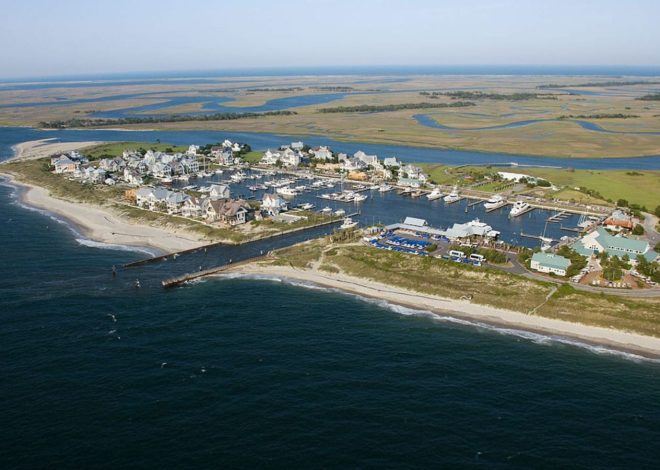
The Poorest Town in Neighborhood in Denver, Colorado Has Been Revealed
Denver, Colorado’s largest city and capitol, is well-known for its vibrant culture, varied economy, and gorgeous scenery. However, the metro area’s various regions don’t all experience the same levels of prosperity and living standards. As per the most recent statistics available from the U.S. Census Bureau, there is a notable variation in the median household income between the municipalities in the Denver area, with some having over $100,000 while others have less than $50,000.
Which Town in the Denver Neighborhood is the Least Affluent?
According to data from 2016 to 2020, Sheridan is the town in the Denver neighborhood with the lowest median household income. Sheridan is a small town with about 6,000 people that is situated in Arapahoe County, south of Denver. With the lowest median household income of the 36 municipalities in the metro area for which data is available, it is located at $46,202. With a high poverty rate of 22.4%, Sheridan has the third-highest rate in the region.
Sheridan’s economic status is influenced by a number of variables, including its location, history, and population. Sheridan was first settled as a coal mining town in the late 1800s, but as the sector deteriorated following World War II, many locals were either unemployed or working at low pay. Furthermore, a significant portion of the town’s population—roughly 40%—is Hispanic. In comparison to other racial and ethnic groups in the United States, Hispanics typically have lower wages and greater rates of poverty. Sheridan’s access to resources and economic possibilities may also be restricted by its proximity to wealthier municipalities like Cherry Hills Village, Littleton, and Englewood.
How Does Sheridan Compare to Other Towns in the Denver Neighborhood?
Sheridan’s economic standing considerably undervalues both the average for the state of Colorado and the neighborhood in Denver. During the same time period, the average household income throughout Colorado was $75,231, while in the City of Denver it was $72,661. Sheridan was one of the thirteen metro areas in this category that fell short of the state median. Federal Heights, Edgewater, Wheat Ridge, Fort Lupton, Englewood, Aurora, Northglenn, Lakewood, Boulder, Dacono, Brighton, and Westminster are the other twelve municipalities whose salaries are below the national average.
Conversely, 13 locations have a median household income of more than $100,000 per year, with Cherry Hills Village having the highest median household income, which is simply reported as being more than $250,000. With a poverty rate of just 2.4%, Cherry Hills Village is the wealthiest municipality in both the Denver neighborhood and the state of Colorado. Broomfield, Frederick, Centennial, Lone Tree, Parker, Louisville, Cherry Creek, Firestone, Arvada, Lafayette, Thornton, and Golden are the other twelve communities with earnings above average.
What Challenges and Opportunities Does Sheridan Face?
Sheridan faces many obstacles in its efforts to improve its economic standing, including low rates of educational attainment, a scarcity of reasonably priced housing, and inadequate public transit. The Census Bureau reports that just 16.5% of Sheridan’s adult population has a bachelor’s degree or above, while Denver and Colorado have greater percentages at 39.4% and 41.2%, respectively. In addition, the municipality has a high housing expense burden: compared to Colorado and Denver, where 28.9% and 30.5% of households, respectively, spend more than 30% of their income on rent or a mortgage. Furthermore, compared to Colorado and Denver, where 10.9% and 16.5% of workers, respectively, use public transportation, Sheridan’s workers use it at a lower rate of 6.4%.
Sheridan’s closeness to Denver, its potential for reconstruction, and its community activities, however, also present some prospects for the city to overcome its economic issues. Denver’s downtown, which offers more amenities, services, and employment opportunities, is not far from the town. Sheridan also contains a number of underutilized or abandoned sites that might be turned into mixed-use developments to draw in more locals, tourists, and businesses. In addition, the town has a strong sense of identity and community, with people working together through various organizations to improve the standard of living.
Conclusion
In the Denver neighborhood, Sheridan has the lowest median household income ($46,202) and the highest poverty rate (22.4%). Sheridan’s history, population, and geographic position all have an impact on how difficult it is to raise living standards. But the town also has chances to capitalize on its advantages, such its closeness to Denver, its potential for expansion, and its community-based projects. Sheridan exhibits resiliency and the ability to overcome its economic obstacles, even though it still needs more consideration and assistance.
SEE MORE
This City Is Now Known as Delaware’s Rape Capital


